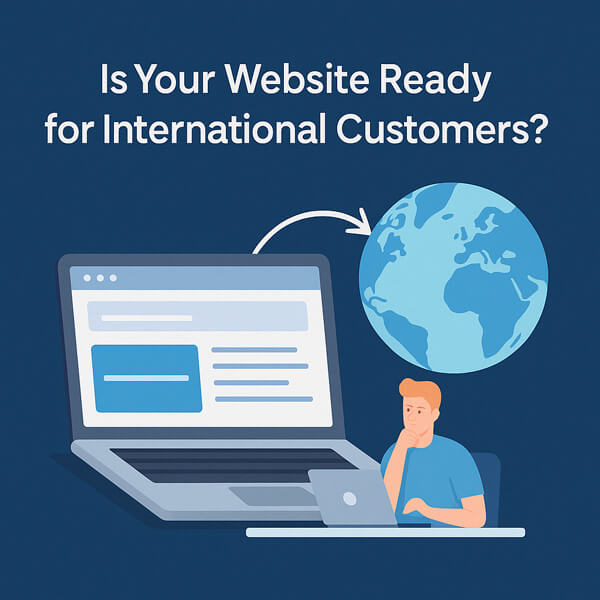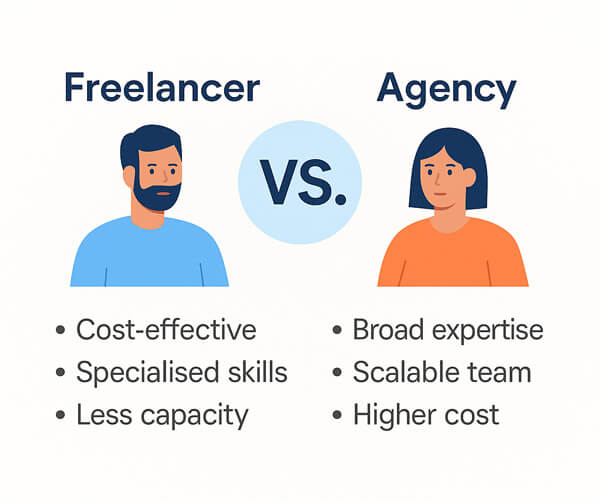Is Your Website Ready for International Customers?

Expanding your business to international markets is exciting — but if your website isn’t prepared, you may be turning potential customers away before they even read a headline. Many Greek businesses translate their site into English and assume that’s enough. But for international users, expectations around design, speed, clarity, and trust are very different.
This guide covers the most important things to check before inviting global visitors to your site.
1. Language Is More Than Translation
Direct translation can result in awkward phrasing, unclear messaging, or tone mismatches. Even high-quality translations may still sound “off” if they don’t reflect cultural nuance or natural usage.
Consider localisation — rewriting or adapting content specifically for the market you’re targeting (e.g., UK English vs US English). If your text sounds like it was run through a translator, it won’t convert well.
Checklist:
- Does your content feel natural to native speakers?
- Have you adjusted idioms or references to suit your audience?
- Are your page titles and meta descriptions tailored for the target region?
2. Website Speed & Hosting
A fast-loading website is expected in most international markets — especially in places like the UK, US, and Australia. Greek hosting may be fine locally, but your site could load slowly overseas if you don’t use a CDN or a well-optimised setup.
Checklist:
- Is your site loading under 3 seconds for overseas users?
- Have you optimised images, scripts, and plugins?
- Are you using a CDN like Cloudflare to reduce latency?
3. Mobile-First Design
Over 90% of international traffic comes from mobile — especially for travel, local services, and eCommerce. A desktop-focused site or poorly scaled layout can lose you visitors instantly.
Checklist:
- Is your site fully responsive across devices?
- Are buttons and menus easy to use on mobile?
- Are popups, forms, and navigation behaving correctly on phones?
4. Clear Navigation & Structure
International users don’t have the patience to figure out your site. If they can’t find what they want quickly — they’ll leave. Make sure your navigation, structure, and calls-to-action are crystal clear.
Checklist:
- Is your menu easy to understand, with clear labels?
- Do users know what to do next on every page?
- Is your site hierarchy intuitive for someone unfamiliar with your brand?
5. Trust Signals Matter
Visitors from other countries may not recognise your brand — so you’ll need to work harder to earn their trust. This includes visible contact information, reviews, professional design, and consistency.
Checklist:
- Do you list a physical location or phone number (with international format)?
- Are reviews, testimonials, or recognisable logos visible?
- Does your design feel professional and modern?
“A global audience won’t wait for your site to load — or try to guess what you meant.”

Final Thoughts
Your website is your global storefront. If it’s slow, unclear, or awkwardly translated, it sends the wrong message — even if your product or service is excellent. Getting these fundamentals right shows you respect your audience and makes it easier for them to engage with your brand.
If you’re looking to expand into English-speaking markets like the UK, US, or Australia, making your website international-ready is the most important first step — and it’s one we can help you with.

